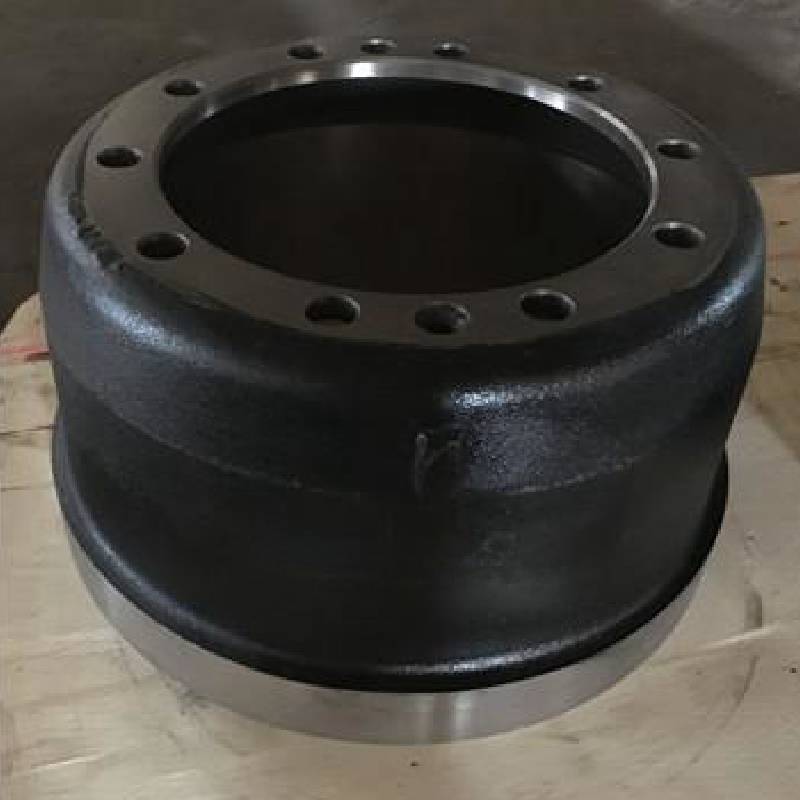Dec . 27, 2024 10:35 Back to list
brake drum coupling
Understanding Brake Drum Couplings An Overview
Brake drum couplings are critical components in various mechanical systems, particularly in vehicles and industrial machinery. These couplings serve as a connecting mechanism between the drive shaft and the wheel or driven component, ensuring efficient torque transfer while accommodating misalignments and absorbing shocks. Understanding the design, functionality, and applications of brake drum couplings is essential for engineers, mechanics, and anyone involved in the maintenance of automotive and mechanical systems.
Design and Construction
Brake drum couplings typically consist of two main parts the brake drum itself and the coupling mechanism. The drum is usually made of cast iron or aluminum, providing strength and durability while maintaining a lightweight profile. The outer surface of the drum is generally grooved or textured to ensure effective friction against the brake shoes, allowing for optimal braking performance.
The coupling section incorporates various designs to achieve a secure connection between the drive shaft and the brake drum. Common types include flexible couplings, rigid couplings, and bellows couplings. Each design has its advantages, depending on the specific application requirements, such as tolerance to misalignment, shock absorption, and load characteristics.
Functionality
The primary purpose of the brake drum coupling is to transmit torque from the drive shaft to the wheels while allowing for some degree of flexibility in alignment. In mechanical assemblies, misalignments may occur due to dimensional inaccuracies during construction or thermal expansions during operation. A well-designed brake drum coupling minimizes wear and tear on components by compensating for these misalignments.
In addition to providing drive capability, brake drum couplings are essential for ensuring the safety and reliability of the braking system. The coupling must withstand significant forces during braking operations. When the brakes are applied, the friction created between the brake shoes and the drum generates heat, which can lead to thermal expansion. The coupling must accommodate this thermal expansion to maintain optimal performance without compromising safety.
brake drum coupling

Applications
Brake drum couplings are used in various applications across multiple industries. In the automotive sector, they are found in drum brake systems of larger vehicles, such as trucks and buses, where they provide reliable stopping power. These couplings play an essential role in commercial vehicles, where heavy loads demand effective braking systems to ensure driver and passenger safety.
In industrial applications, brake drum couplings are often employed in conveyor systems, elevators, and cranes. These systems require precise control over speed and torque, and reliable braking mechanisms are crucial for operational efficiency and safety. The coupling ensures that the driven component can be stopped quickly and safely in case of emergencies, preventing accidents or potential damage to machinery.
Maintenance and Considerations
Like any mechanical component, brake drum couplings require regular maintenance to ensure longevity and proper functionality. Some common maintenance tasks include inspecting for wear and tear, checking for misalignments, and ensuring the coupling is adequately lubricated. Neglecting maintenance can lead to increased friction, overheating, and eventual failure of the coupling or associated components, resulting in costly downtime and repairs.
When selecting a brake drum coupling, engineers must consider several factors, including the load capacity, alignment requirements, and environmental conditions. The material choice, manufacturing standards, and design specifications should align with the operational needs to ensure efficiency and safety.
Conclusion
In conclusion, brake drum couplings are vital components in the automotive and machinery industries, providing essential functions for torque transfer, misalignment accommodation, and braking safety. Their design and functionality are influenced by the specific requirements of the systems they serve. Understanding these components helps in making informed decisions regarding maintenance, selection, and application. As technology evolves, advancements in materials and engineering designs will likely lead to improved performance and efficiency, further enhancing the role of brake drum couplings in modern mechanical systems.
-
Your Brake Drum Man: Premium & Reliable Brake Drums for Sale
NewsAug.18,2025
-
ROR Web Development: Build Fast, Scalable, Secure Apps
NewsAug.17,2025
-
Scania Brake Drums: OEM Quality for Optimal Safety & Durability
NewsAug.16,2025
-
R.V.I: Advanced Remote Visual Inspection for Precision
NewsAug.15,2025
-
Discover HYUNDA: Innovative Vehicles, Equipment & Solutions
NewsAug.14,2025
-
R.V.I: Unlock Advanced Insights & Real-time Performance
NewsAug.13,2025
